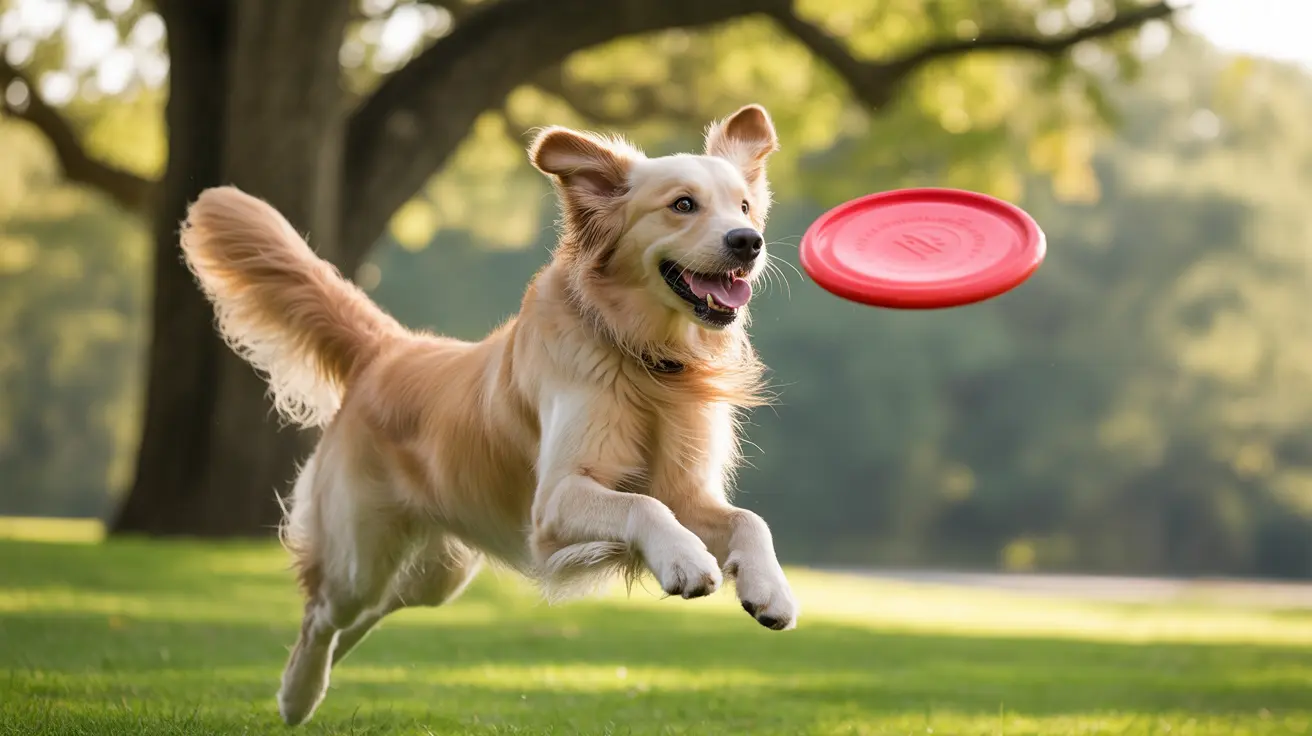Cocker Spaniels are renowned for their stunning variety of coat colors and patterns, making them one of the most visually diverse dog breeds. With 24 officially recognized color combinations, these beloved companions showcase an impressive spectrum of hues that can captivate any dog lover.
Whether you're a prospective owner, breeder, or simply an admirer of these charming dogs, understanding the full range of Cocker Spaniel colors can help you appreciate the breed's unique genetic heritage and make informed decisions about your next furry family member.
Common Solid Colors in Cocker Spaniels
Solid-colored Cocker Spaniels display a single primary color throughout their coat, though small white markings on the chest are permissible without disqualifying the "solid" classification.
Black
The most dominant color in Cocker Spaniels, black coats are characterized by their intense, glossy appearance. This color requires only one copy of the dominant gene to express, making it particularly common in the breed.
Golden and Buff
Golden represents one of the most popular solid colors, featuring warm, sunny tones that range from light to deep gold. Buff Cocker Spaniels showcase a lighter, creamy off-white shade that's particularly favored in American show rings.
Liver and Red
Liver-colored Spaniels display rich brown coats often mistaken for chocolate, while red-coated specimens showcase vibrant auburn hues produced by two recessive red genes.
Fascinating Roan Patterns
Roan patterns create some of the most striking appearances in Cocker Spaniels, characterized by white hairs intermingled with a base color.
Blue Roan
This distinctive pattern combines black and white hairs to create a beautiful blue-gray appearance, typically accompanied by solid black ears and facial patches.
Other Roan Variations
Chocolate roan, orange roan, and lemon roan patterns each offer unique interpretations of the roan gene, creating stunning visual effects through the mixture of white hairs with their respective base colors.
Parti-Colors and Special Patterns
Parti-colored Cocker Spaniels display distinct patches of two or more colors, most commonly featuring white combined with another color. These dogs may also show tan points on their eyebrows, cheeks, and legs, creating even more complex color combinations.
Genetics and Color Development
Cocker Spaniel coat colors are determined by complex genetic interactions, with some colors being dominant (like black) and others recessive (such as red or liver). Puppies' coats often change dramatically as they mature, particularly during the "puppy uglies" phase around six months of age.
Grooming Considerations by Color
While grooming needs remain consistent across colors, lighter-coated Cocker Spaniels may require more frequent cleaning to maintain their pristine appearance. Regular brushing and professional grooming help preserve the coat's natural beauty regardless of color.
Frequently Asked Questions
What are the most common and rare coat colors found in Cocker Spaniels?
The most common colors are black and golden, while rare variations include lemon roan and certain parti-color combinations. Solid blacks are particularly prevalent due to genetic dominance.
How do solid colors differ from roan and parti-color patterns in Cocker Spaniels?
Solid colors feature one primary color (allowing small white chest markings), while roan patterns show an intermingling of white hairs with a base color. Parti-colors display distinct patches of two or more colors.
Can a Cocker Spaniel's coat color change as it matures, and why does this happen?
Yes, coat colors can change significantly as puppies mature, particularly around six months of age. This change is due to genetic expression and the natural development of adult coat characteristics.
How do genetics influence the variety of colors and patterns in Cocker Spaniels?
Genetics play a crucial role through dominant and recessive genes. Black is dominant, while colors like red and liver are recessive, requiring two copies of the gene to appear.
Are certain Cocker Spaniel colors linked to specific health or grooming needs?
No significant health issues are linked to specific colors, except potential concerns with the merle gene. However, lighter-colored coats may show stains more easily and require more frequent cleaning.
Understanding Cocker Spaniel colors helps owners appreciate these dogs' unique characteristics while making informed decisions about care and grooming needs. Whether you prefer the classic look of a solid black coat or the distinctive appearance of a roan pattern, each color variation contributes to the breed's enduring charm and popularity.






